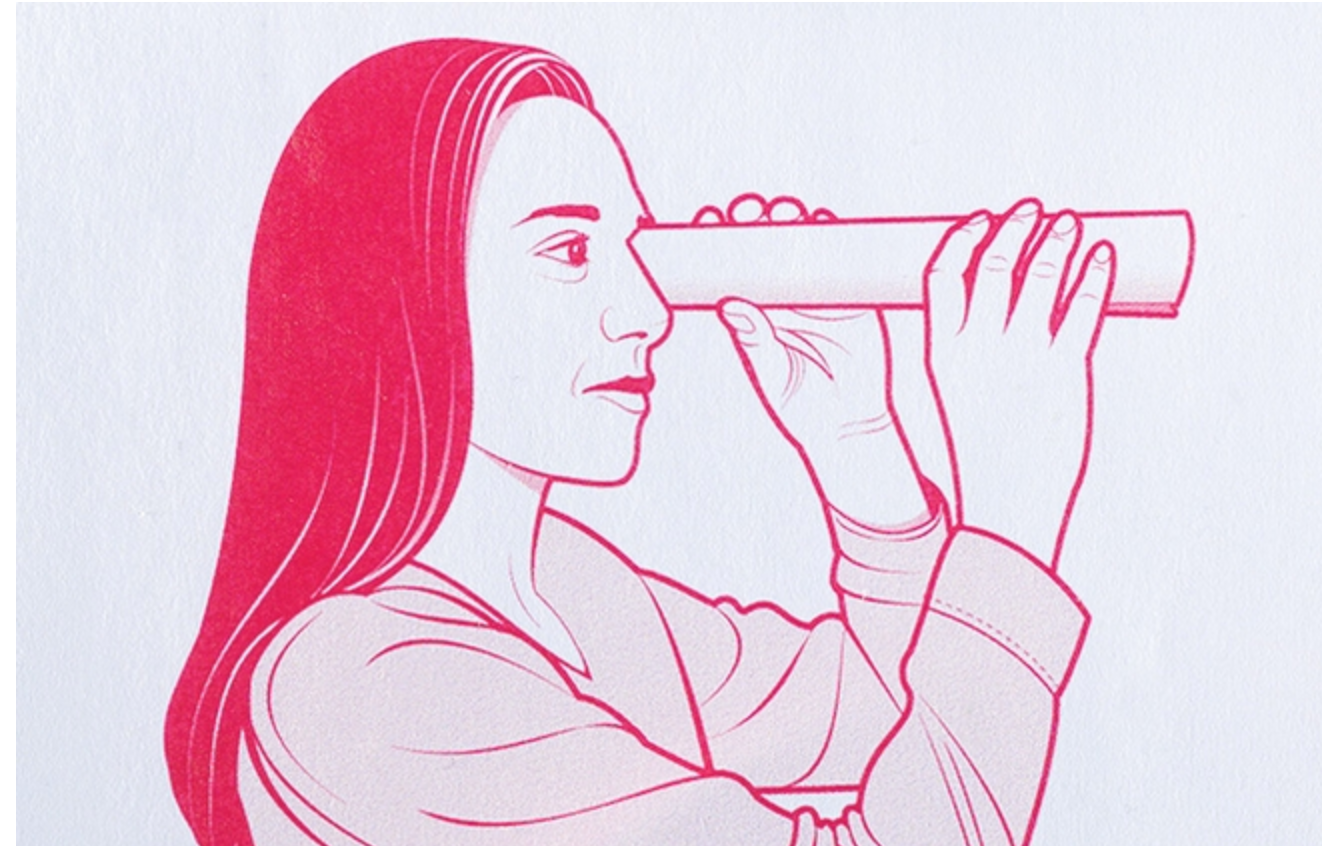Turn any magazine into a flashlight with this optical illusion
Batteries not required.


We know you are bored at home right now—we are too. Here are some puzzles and brainteasers to challenge your family and friends with, either in person or over video chat.
Roll a magazine—might we recommend Popular Science?—into a tube. Now, keeping both eyes open, look through it with one eye. Compared with the plain view, the tube-filtered scene will seem brighter, as if lit by a flashlight. This makeshift torch will even make textures and patterns pop. No one has a definitive explanation for this false illumination. Neuroscientists’ best guess is that it has something to do with the way our brain interprets contrast. Within a tubular sight, the circular border appears darker than the environment within it. This triggers something called the brightness enhancement effect, in which your perception of an object’s luminosity changes when you view it alongside something else. In fact, researchers found that the interior view appears nearly twice as bright as what’s outside it.
This trick isn’t just a fun thing to do with Popular Science after you’ve read it cover to cover; it has practical applications too. Radiologists sometimes use the illusion’s power to make out faint yet potentially important details on scans, like a slight bone fracture or a tiny tumor. Even if the light is all in our head, in a pinch, it still works.
This article was originally published in the January/February 2018 Power issue of Popular Science.